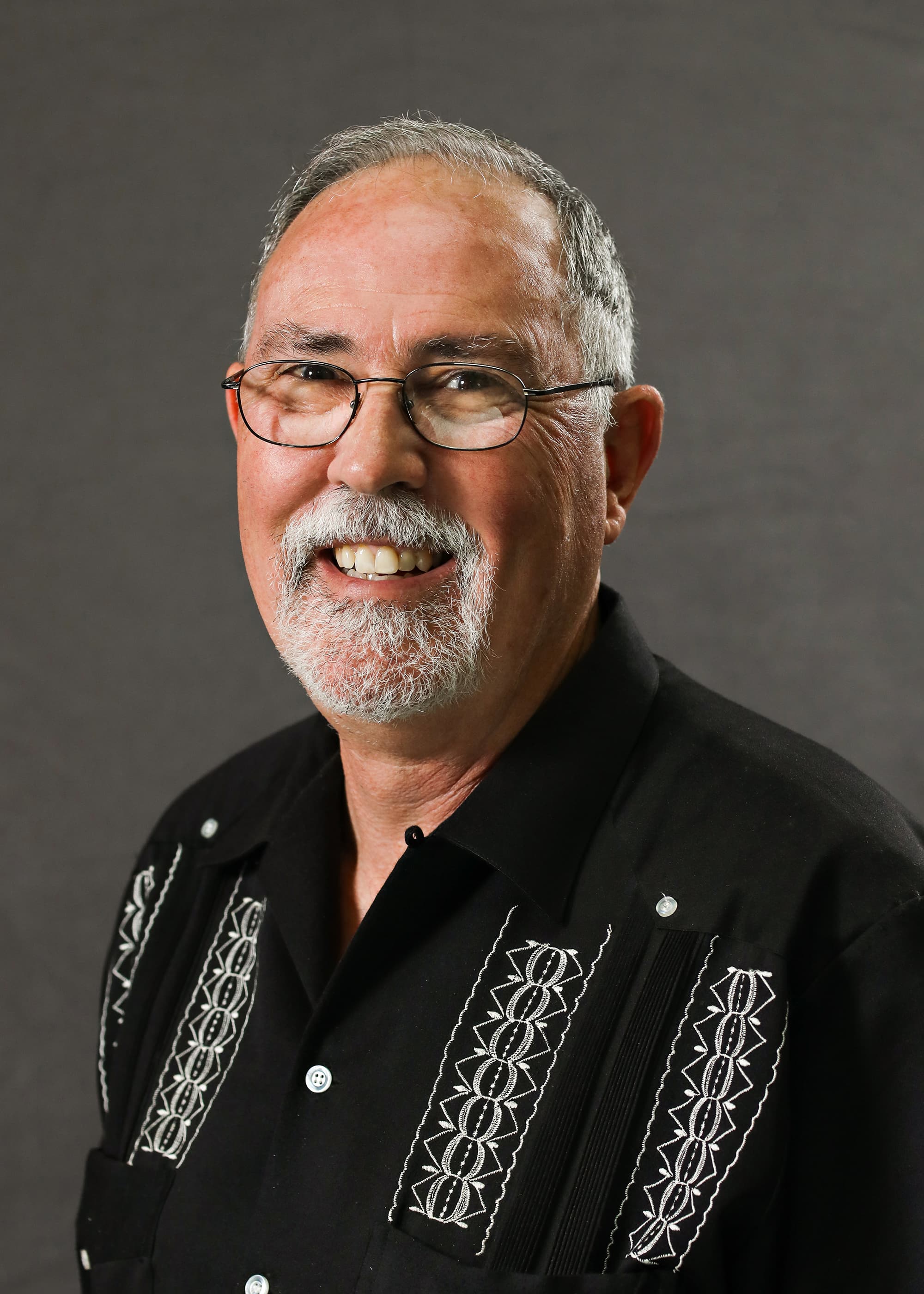The Great Los Angeles Air Raid of 1942 celebration, all set to return February 25 at the Fort MacArthur Museum after a two-year hiatus due to the pandemic, was shot down at the last minute by the great horned owl.
The discovery of a nest on the museum grounds belonging to the protected species forced the cancelation of the event, which re-enacts the night of February 24-25, 1942, when, according to newspaper accounts, Japanese bombers attacked Los Angeles. However, no evidence of an attack was uncovered; it was a false alarm caused by anxiety and “war nerves.” Searchlights crisscrossed the night sky, and coastal defense units fired more than 1,400 shells at nonexistent targets.
A restricted zone around the nest limited the area that could be used for the event. The faux gunfire and ‘40s big-band music used to reproduce the original night would have been impossible with newly imposed noise restrictions.
The event is a major fundraiser for the cash-strapped Parks and Recreation facility, but can neighbors always annoyed by the loud party say they don’t give a hoot and still thank an owl?
Just asking.
SHIP AHOY
Fort MacArthur, of course, is only half of San Pedro’s military legacy. The other half — the Navy — is represented by the Battleship Iowa, which will be the subject of a new PBS documentary premiering in March titled USS Iowa.
“The USS Iowa battleship was the lead ship of the last and most devastating class of battleship,” said Iowa PBS producer and director Patrick Boberg. “Known as the ‘Battleship of Presidents,’ her story ranges from wartime victories to a tragic peacetime catastrophe, and she may not have been saved and turned into a museum without the state of Iowa’s financial and political support.”
The documentary will feature three key members of the museum ship’s staff: David Canfield, chief information officer; David Moser, engineering manager; and David Way, the ship’s curator and historian. Canfield and Moser are Navy veterans; Canfield was a 19-year-old third-class engineman aboard the Iowa on April 19, 1989, when an explosion in turret two during gunnery practice off the East Coast killed 47 officers and crew.
(Ed. Note: At press time, the documentary is currently not scheduled to air on PBS SoCal, only in Iowa for now, but that may change. Check pbs.org for the latest programming information.)
If the trailer is any indication, you will see plenty of San Pedro, too.
KILLER SET FREE
The release of serial killer Charles Sobhraj, 78, in Nepal in December didn’t make news here, but it should have.
Sobhraj murdered at least 20 tourists in South and Southeast Asia in the ’70s, and the first was San Pedro native Teresa Knowlton. Knowlton, 21, was found drowned in a tidal pool in Thailand, where Sobhraj preyed on most of his victims, primarily American and Canadian backpackers.
The murderous rampage was the subject of the 2021 Netflix series The Serpent. Sobhraj was convicted and imprisoned in India from 1976 to 1997. He returned to his native France upon release, then went to Nepal in 2003, where he was arrested, tried, and given a life sentence. He was released after serving 19 years on the grounds of poor health and good behavior and deported to France.
The funeral for Knowlton, who moved to Seattle as a teenager, was in San Pedro where her grandparents lived, with inurnment at Green Hills Memorial Park.
TOLD YOU SO
I got quite a response from my column in December about Californians leaving the state in droves. Some writers, remembering how things used to be, were understanding, and others, shall I say, less commiserating.
Since then, the Daily Breeze has published three columns in the Sunday Opinion section with the following headlines: “Exodus: California chases away its population/The Golden State needs to fix underlying problems” (by Steven Greenhut); “Exodus: Florida, Texas gain as Cali shrinks” (by Matt Fleming); and “Golden State: The California Dream is dying; here’s how to revitalize our state” (by Thomas Irwin).
Also in January, the San Francisco Chronicle published data from the state Department of Finance that showed California lost a net 500,000 people to other states in just the last two years. Los Angeles has lost 300,000 residents to migration.
And Allied Vans Lines’ most recent migration map lists California as the No. 2 state Americans are fleeing from, behind only Illinois. Not too long ago, most of those leaving Illinois were heading for the Golden State. Not so much anymore, apparently.
I’m biting my tongue.
IT’S OFFICIAL
I wrote recently about growing old and how I’m at peace with aging, even if I don’t like what I see happening around me.
In particular, even though I don’t consider myself a Luddite, I find myself a straggler in the race to keep up with the ever-changing digital technology. For instance, I still prefer “old-fashioned” email. I will text because I know that is now the preferred method of communication, but if I need to use more than a sentence or two, I’d rather make a phone call; I’m mystified by people, like my wife, who can text screen after screen.
To me, the best part of texting is using the shorthand that emojis provide. My favorites are the thumbs-up and “okay” symbols. Can anything express acknowledgment or approval any easier?
Well, there was a recent debate on Reddit about using the thumbs-up emoji, and a poll of people between ages 16 and 29, called Gen Z, reveals they find its use passive-aggressive. Respondents called users who send a thumbs up “officially old.” According to the same site, Gen Z-ers also say the red heart and the “okay” hand emojis make senders seem old.
All I have to say is: lol. spt







Comments